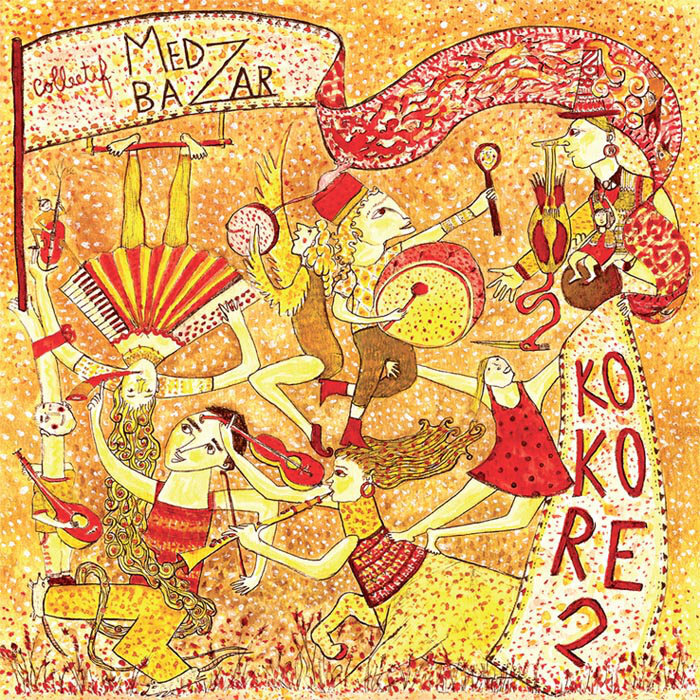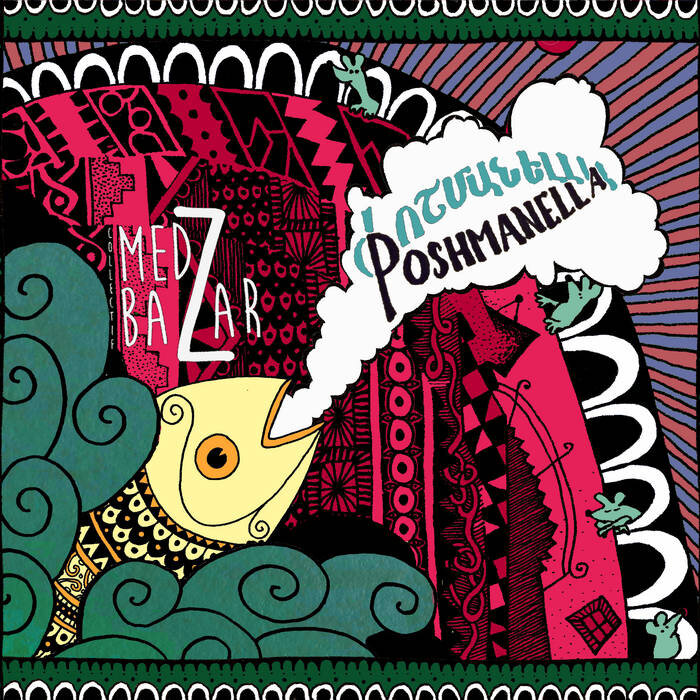Radio Yerevan jokes were popular Q&A style jokes in the USSR and the Eastern Bloc. They were mostly political, although some of them were about national stereotypes, daily life, sex, food and other topics. Here are some of our favourites from the Soviet era.
***
Radio Yerevan: What is chaos?
Answer: We do not comment on national economies.
***
Radio Yerevan: Is it true that the Soviet Union is standing on the edge of an abyss?
Answer: No. It used to be true, but now we have taken a big step forward.
***
Radio Yerevan: What is a Soviet musical duet?
Answer: It's a musical quartet after a trip abroad.
***
Radio Yerevan was asked: What happened when somebody in the assembled crowd called First Secretary Krushchev an idiot at last year's May Day parade in Red Square?
Radio Yerevan answered: “The man was immediately arrested, tried and sentenced to 35 years in prison; 1 year for insulting a fellow citizen and 34 years for revealing a state secret”.
***
Radio Yerevan was asked: “What is the difference between capitalism and socialism?”
Radio Yerevan answered: “In a capitalist society man exploits man, and in a socialist one, the other way around.”
***
Radio Yerevan reports: One morning First Secretary Nikita Krushchev woke up and went to his bedroom window, watching the sun rise. "Good morning, Comrade Krushchev!" the sun said. Surprised but pleased, Krushchev answered "Good morning, Comrade Sun" At noon, Krushchev looked up and saw the sun above him. "Good day, Comrade Krushchev", the sun said. "Good day, Comrade Sun," Krushchev proudly said. In the evening Krushchev watched as the sun was setting. Silence. He waited but silence continued. Finally he shouted, "Comrade Sun, why don't you bid me good night?" "Sorry, Mr. Krushchev, I am in the West now."



















